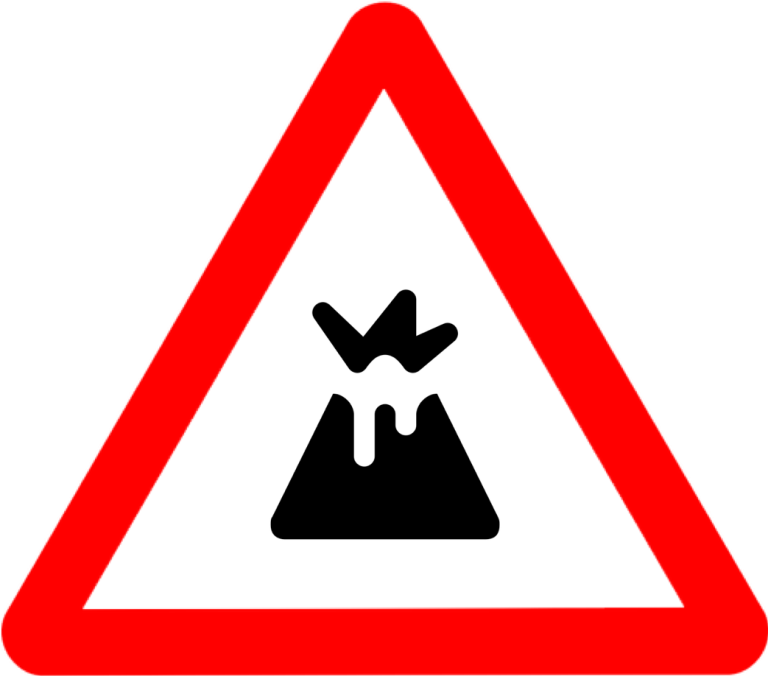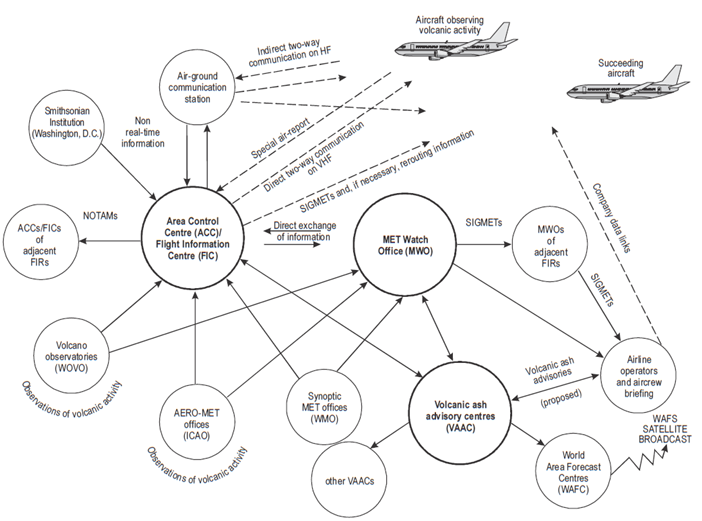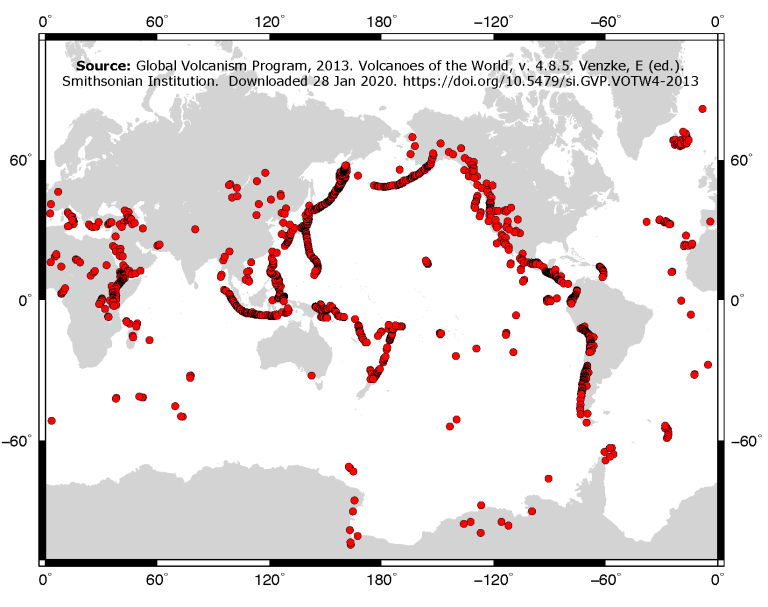Aviation - Hazards - Volcanic Ash Clouds and Gases

Volcanic Ash Clouds and Gases
On 24 June 1982, the aviation community and much of the world learned of the drama involving a British Airways B747 aircraft which lost power on all four engines while flying at 11 300 m (37 000 ft) from Kuala Lumpur, Malaysia to Perth, Australia. During the ensuing sixteen minutes, the aircraft descended without power from 11 300 m to 3 650 m (37 000 ft to 12 000 ft), at which point the pilot was able to restart three of the engines and make a successful emergency landing at Jakarta, Indonesia.Three weeks later another aircraft, a B747 of Singapore Airways bound for Melbourne, Australia, reported a similar incident. This time power was lost on two engines and the aircraft also diverted successfully to Jakarta.
The investigation of these two cases showed clearly that the engines on the aircraft had all stalled due to ingestion of volcanic ash and that a restart had only been achieved because the aircraft, in descending without power, happened to fly out of the high-level volcanic ash cloud into clear air. The aircraft had encountered volcanic ash from the eruptions of Mt. Galunggung in Indonesia.

The seriousness of these two incidents was not lost on the aviation community. While it was known that aircraft had encountered difficulties in the past when inadvertently flying through volcanic ash cloud, these incidents had generally been restricted to the sand-blasting effect of the ash on cockpit windows and to blocked pitot-static tubes. It was now perfectly clear to all that such ash clouds had the potential to cause a major aircraft accident.
To meet this newly recognized threat, ICAO in cooperation with WMO and other partners developed a set of guidelines and procedures to assist States in the dissemination of information on volcanic ash to pilots and the development of contingency arrangements for the diversion of aircraft around affected areas. This effort evolved into what is today known as the International Airways Volcano Watch (IAVW).
Since the eruptions of Mt. Galunggung in Indonesia in 1982 there have been numerous explosive volcanic eruptions around the world resulting in clouds of volcanic ash and/or gases (for example, sulphur dioxide), many of which have affected aircraft operations.
With the occurrence of each new eruption, the opportunity has been taken to focus on and review the local and international arrangements for the issuance of information to pilots and, where necessary, fine-tune these arrangements based on actual operational experience gained in dealing with the impact of the eruptions on aircraft operations. In this way, the IAVW is being steadily expanded and strengthened.
The IAVW is a worldwide system comprising meteorological, volcanological, geological and other facilities and services with the objective to support continued safe and efficient aviation operations on the ground and in the air whenever and wherever volcanic eruptions are occurring and/or whenever and wherever volcanic ash clouds and gases are present in the atmosphere.

Volcanic eruptions are typically a daily occurrence in the volcanically-active regions of the world. Volcanic ash cloud and gases emitted by active volcanoes or re-suspended volcanic ash from past eruptions present a hazard to aviation operations, not just proximal to the source but potentially also across large swathes of airspace, sometimes many hundreds or thousands of kilometres away, potentially extending the entire depth of troposphere and into the lower stratosphere.

Impact with an airframe or ingestion by an engine (or engines) of volcanic ash and gases can adversely affect the performance of an aircraft in flight a number of ways including engine surge or stall/flame out, erosion of avionics and engine components, choking of filters and pipes, degradation of fuel performance, abrasion of windshields and other leading edges, and corrosion of metallic surfaces due to the presence of acid droplets
Given the safety and economic implications of volcanic ash to aircraft operations, it is necessary to maintain the IAVW much in the same way that the aerodrome fire services are maintained: in constant readiness but with the fervent hope that it rarely has to be used.
Generally speaking, volcanic ash clouds and gases in the atmosphere is of little direct safety concern to anyone except aviation. It falls upon the aviation community, therefore, to take the lead in establishing and maintaining the essential channels of communication between volcano-observing sources and the relevant aeronautical and meteorological centres involved, as well as maintaining the currency of the local staff instructions and procedures.

For more information on the nine VAACs designated by ICAO, including their products and services, please see the following links:
| VAAC | Website |
| Anchorage | Link |
| Buenos Aires | Link |
| Darwin | Link |
| London | Link |
| Montreal | Link |
| Tokyo | Link |
| Toulouse | Link |
| Washington | Link |
| Wellington | Link |
To learn more about the ICAO's IAVW, the following publications are highly recommended:
- ICAO Doc 9691, Manual on Volcanic Ash, Radioactive Material and Toxic Chemical Clouds
- ICAO Doc 9766, Handbook on the International Airways Volcano Watch (IAVW) - Operational Procedures and Contact List
The publications are only available from ICAO. For assistance, please %20icaohq icao [dot] int (contact ICAO directly).
icao [dot] int (contact ICAO directly).
